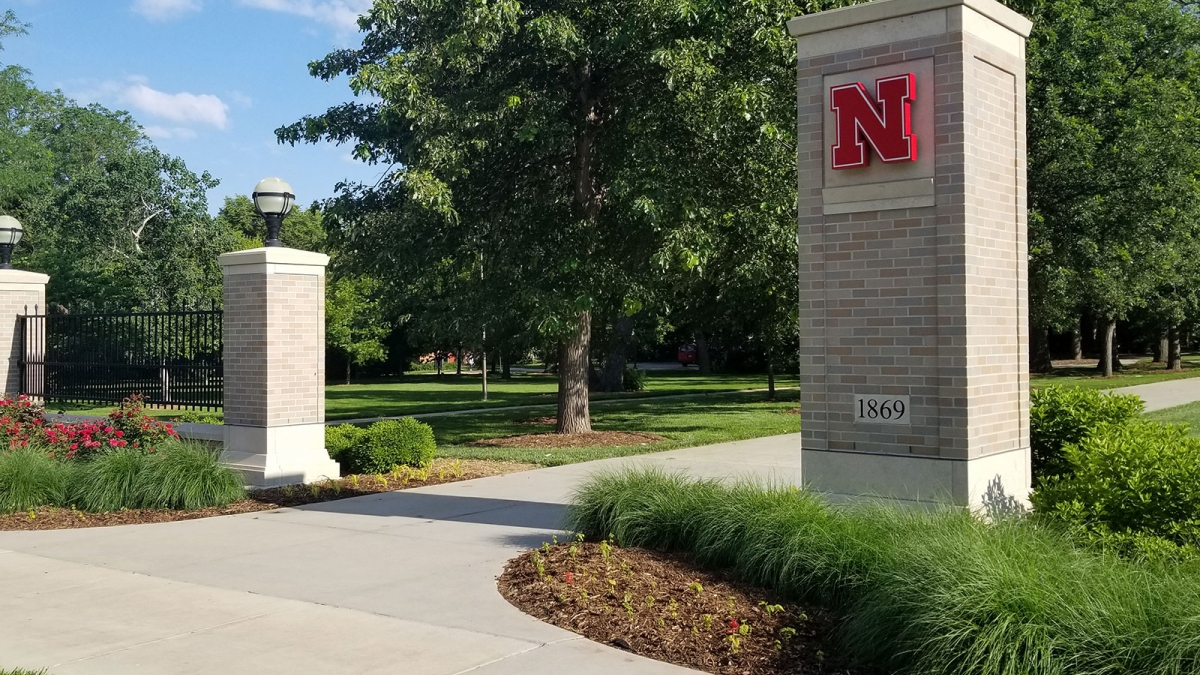
June 27, 2013
LINCOLN, Neb. — A program aims to show elementary teachers how to better incorporate relevant science into their classrooms by using the soybean as a model.
The Nebraska Soybean Board and the United Soybean Board fund the Summer Science Soybean Institute, coordinated by the University of Nebraska-Lincoln. Groups of teachers from Lincoln, northeast Nebraska and Kansas will meet this summer for three weeks from June 24 through July 12 to discuss ways to learn about agriculture and food. They also will learn how to apply that knowledge and skills to incorporate the soybean system as a model for teaching science and to meet their district, state and national standards.
The project, geared toward elementary teachers, started in 2010. It has expanded from Maxey Elementary school to other surrounding schools, as well as to schools in northeast Nebraska and Kansas.
"Really what we wanted to do was provide an opportunity for teachers to experience science," said Tiffany Heng-Moss, professor of entomology and assistant dean in the College of Agricultural Sciences and Natural Resources. "The teachers will also work with the science educators involved in the project to adopt the soybean system a part of their curriculum and use the soybean system as a model system in their classroom."
All the teachers in the program will meet at UNL on July 1- 3.
Jon Pedersen, the associate dean for research in UNL's College of Education and Human Sciences, helps coordinate the project.
"It is really about the nature of science and about how we help build teachers' understanding of the nature of science and systems thinking and implementing that in the classroom," Pedersen said.
Greg Tebo, a K-5 computer teacher at Maxey Elementary School in Lincoln, has been using the program since its inception.
"A lot of people think that because we live in Nebraska students already know about soybeans," Tebo said. "The fact is they don't."
Tebo said that it is fun to watch the students learn more about agriculture.
The exciting types of things that come about from this is when students have a grandparent that comes to the Ag fair and this grandparent is a farmer," Tebo said. "The students are able to communicate with them. The grandparent gets so excited that the student is learning a little about what they actually do."
Soybeans can be used to demonstrate many aspects of science, such as weather and soil conditions, Pedersen said.
"It's really about relevancy to the child's life and to their community as well as learning about the science," Pedersen said. "This has applications across all grade levels."
Associate Dean for Research, Education and Human Sciences
402-472-4124
jpedersen2@unl.edu
Tiffany Heng-Moss, Ph.D.
Professor of Entomology
Assistant Dean, College of Agricultural Sciences and Natural Resources
402-472-8708
thengmoss2@unl.edu
Heather Haskins
Student Writer
Sandi Alswager Karstens
IANR News Service
402-472-3030
skarstens2@unl.edu